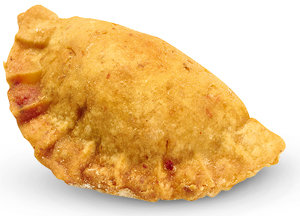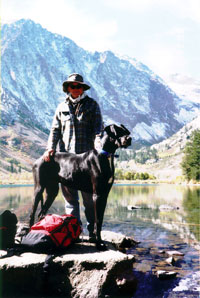 Sitoo means grandmother in Arabic, a deeply respectful title.
Sitoo means grandmother in Arabic, a deeply respectful title.
There was a small Syrian market and bakery called Sitoo George’s in the next town from where I grew up that sold the ‘necessary’ ingredients to recreate the taste of Syria for the immigrants that migrated to America. Two brothers and their wives ran it, naming it Sitoo, an homage to their grandmother who taught them to bake before the left their homeland. With the skills and her recipes they immigrated and opened a small store.
When they first opened the wives would bake spinach and meat pies called fataya and the brothers would make pita bread in a small home oven. When the word spread, they couldn’t bake fast enough. Construction started and a bakery was born. As time passed and demand increased they slowly became automated.
The new kitchen had large windows for customers to watch the process. A slot in the wall was made to accommodate a heavy canvas covered conveyer belt to transport the pies to their wives as they came out of second hand pizza oven. The two sisters-in-laws at the check out either bagged them or plucked them off the belt to sell to waiting customers.

 I sing to my grandsons, one via the wonders of video "Skype-ing," and
the other up close and very personal. I perform the usual stuff mostly: "The Wheels on the Bus," "Old MacDonald,""Itsey-bitsey Spider", and "The Alphabet Song," with everyone's favorite line: "L-M-N-O-P."
I sing to my grandsons, one via the wonders of video "Skype-ing," and
the other up close and very personal. I perform the usual stuff mostly: "The Wheels on the Bus," "Old MacDonald,""Itsey-bitsey Spider", and "The Alphabet Song," with everyone's favorite line: "L-M-N-O-P."
 Now that awards season is over I have a big one to give out.
Now that awards season is over I have a big one to give out.
 If you’ve never read Elizabeth Gilbert’s book, “
If you’ve never read Elizabeth Gilbert’s book, “